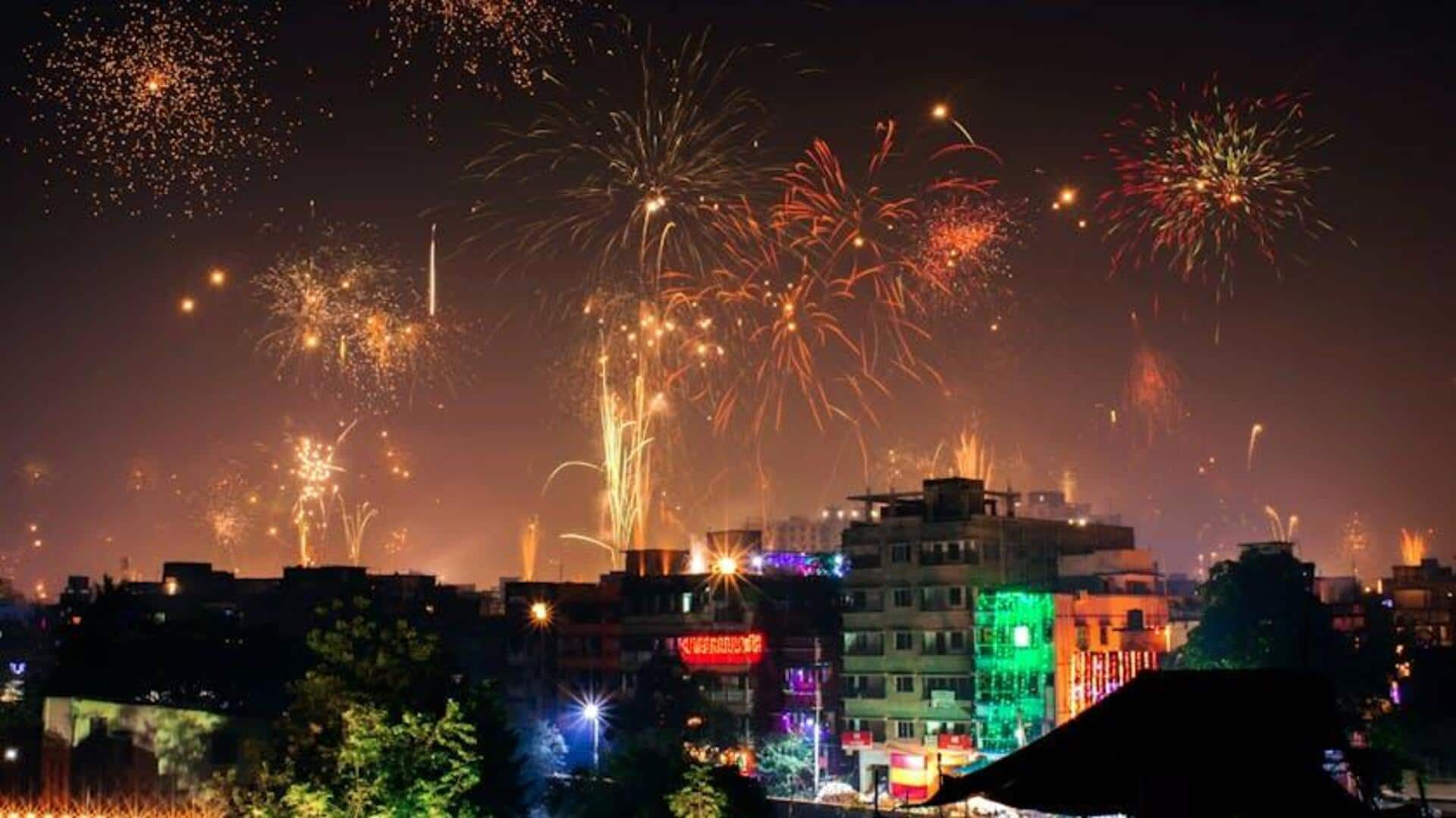Politics
Diwali Celebrations: Exploring Diverse Rituals Across India

Diwali, also known as the festival of lights, is celebrated with great enthusiasm across India, showcasing a rich tapestry of traditions that vary significantly between the northern and southern regions. While the essence of the festival remains the same, the rituals and stories attached to it highlight the unique cultural identities of these areas.
Distinct Celebrations in North India
In North India, Diwali commemorates the return of Lord Rama to Ayodhya after 14 years of exile and his victory over the demon king Ravana. Homes throughout the region are adorned with diyas (small oil lamps) to symbolize the joy of welcoming Lord Rama back. The preparations begin well in advance, as families clean and decorate their homes, setting the stage for a grand celebration.
The evening of Diwali is predominantly dedicated to performing Lakshmi Puja, a ritual to invite the blessings of the Goddess Lakshmi, who symbolizes wealth and prosperity. Families gather for prayers, light diyas, and create intricate designs known as rangoli at their doorsteps. The festivities often include the bursting of firecrackers and the exchange of sweets, reflecting a blend of devotion and joyous celebration.
In many households, playing cards is a customary practice during Diwali, believed to bring good fortune. The festival captures the spirit of community as families and friends come together to celebrate the triumph of good over evil, with a vibrant mix of spirituality and festivity.
Traditions of South India
In contrast, South India observes Diwali primarily as Naraka Chaturdashi, marking the victory of Lord Krishna over the demon Narakasura. This celebration begins early in the morning with an oil bath, symbolizing the purification of both body and soul. Individuals wear new clothes, offer prayers, and share traditional sweets with loved ones, emphasizing themes of cleansing, renewal, and liberation.
The day starts before sunrise, focusing on rituals that differ from the evening festivities of the North. After the oil baths, families burst firecrackers shortly after dawn to symbolize the destruction of evil. Homes are also cleaned and adorned with kolam, a form of decorative art made from rice flour, showcasing the South Indian emphasis on purity and positivity at the start of the day.
While the North celebrates Diwali with grandeur and night-long festivities, the South’s early morning observances reflect a different rhythm, underscoring the diversity of cultural practices within the festival.
As Diwali continues to be a significant event in both regions, it serves as a celebration of light, unity, and cultural heritage, reminding people of the importance of family and community. The festival not only lights up homes but also hearts, fostering a sense of togetherness that transcends regional differences.
-

 World5 months ago
World5 months agoSBI Announces QIP Floor Price at ₹811.05 Per Share
-

 Lifestyle5 months ago
Lifestyle5 months agoCept Unveils ₹3.1 Crore Urban Mobility Plan for Sustainable Growth
-

 Science4 months ago
Science4 months agoNew Blood Group Discovered in South Indian Woman at Rotary Centre
-

 World5 months ago
World5 months agoTorrential Rains Cause Flash Flooding in New York and New Jersey
-

 Top Stories5 months ago
Top Stories5 months agoKonkani Cultural Organisation to Host Pearl Jubilee in Abu Dhabi
-

 Sports4 months ago
Sports4 months agoBroad Advocates for Bowling Change Ahead of Final Test Against India
-

 Science5 months ago
Science5 months agoNothing Headphone 1 Review: A Bold Contender in Audio Design
-

 Top Stories5 months ago
Top Stories5 months agoAir India Crash Investigation Highlights Boeing Fuel Switch Concerns
-

 Business5 months ago
Business5 months agoIndian Stock Market Rebounds: Sensex and Nifty Rise After Four-Day Decline
-

 Sports4 months ago
Sports4 months agoCristian Totti Retires at 19: Pressure of Fame Takes Toll
-

 Politics5 months ago
Politics5 months agoAbandoned Doberman Finds New Home After Journey to Prague
-

 Top Stories5 months ago
Top Stories5 months agoPatna Bank Manager Abhishek Varun Found Dead in Well









